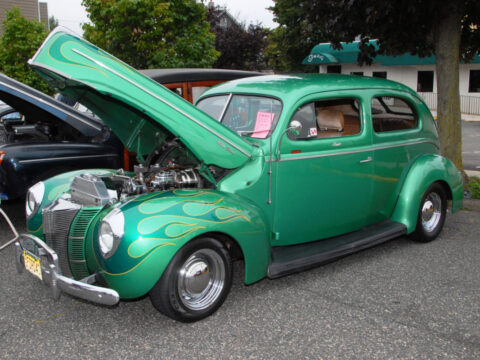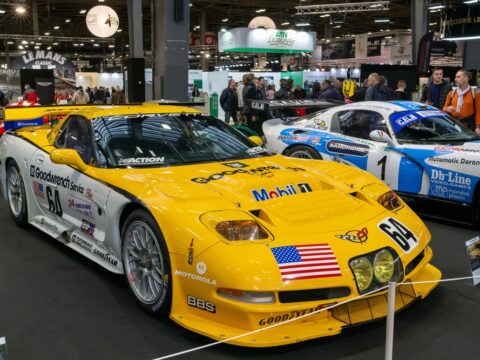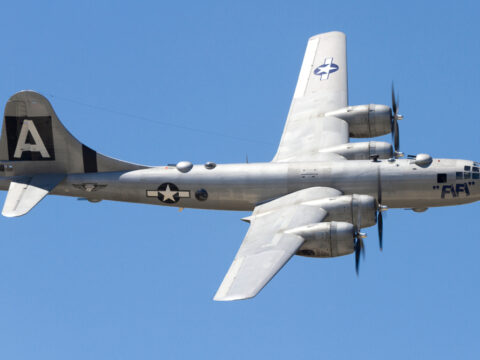Fast cars symbolize rebellion, but not all are known for safety—some even catch fire unexpectedly. And yes, some enthusiasts put airplane engines in century-old cars for kicks. This article features the most menacing cars ever, from the bizarre and pricey to the politically charged, all united by their dangerous edge.
Contents
BMW Isetta (1955-1962)
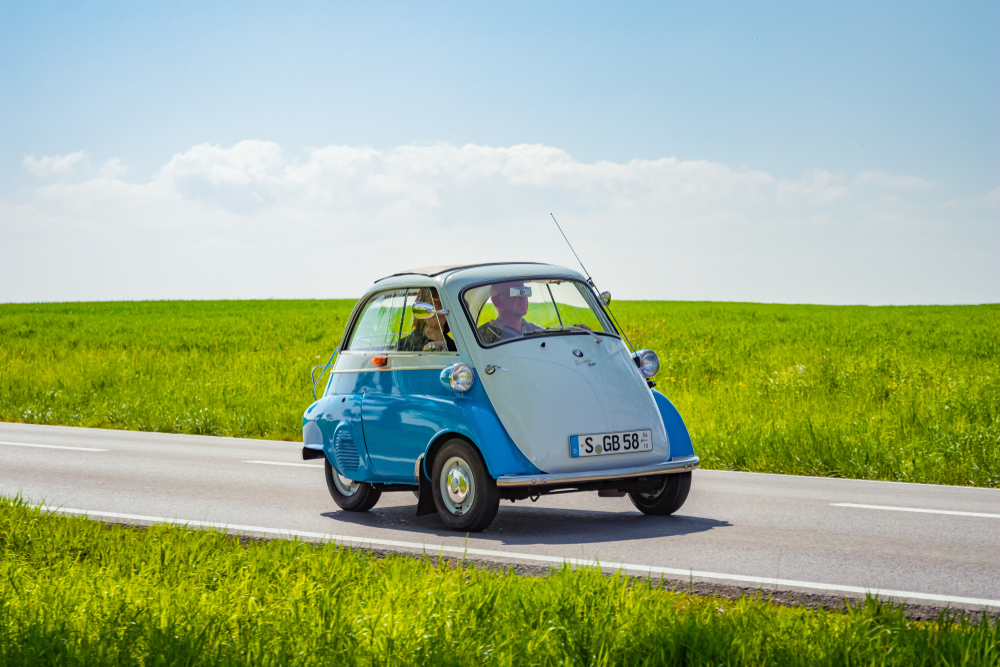
Isetta was a microcar of Italian design. It was endearingly nicknamed “Bubble Car” and was about as safe to travel in as an actual bubble—but it was cute and sold well upon its initial release. Isetta was the first car in the world to achieve a fuel efficiency of 78 miles per gallon.
Alas, saving money on gas doesn’t matter if you aren’t alive. The Isetta’s single front-loading door and canvas sunroof were its only exit points, and it didn’t take much more than a fender bender to trap people inside. Its redeeming quality? Isetta became known as a choice vehicle for helping Germans escape East Berlin because checkpoint soldiers thought its tininess didn’t require a thorough inspection.
Chevrolet Corvair (1960-1969)
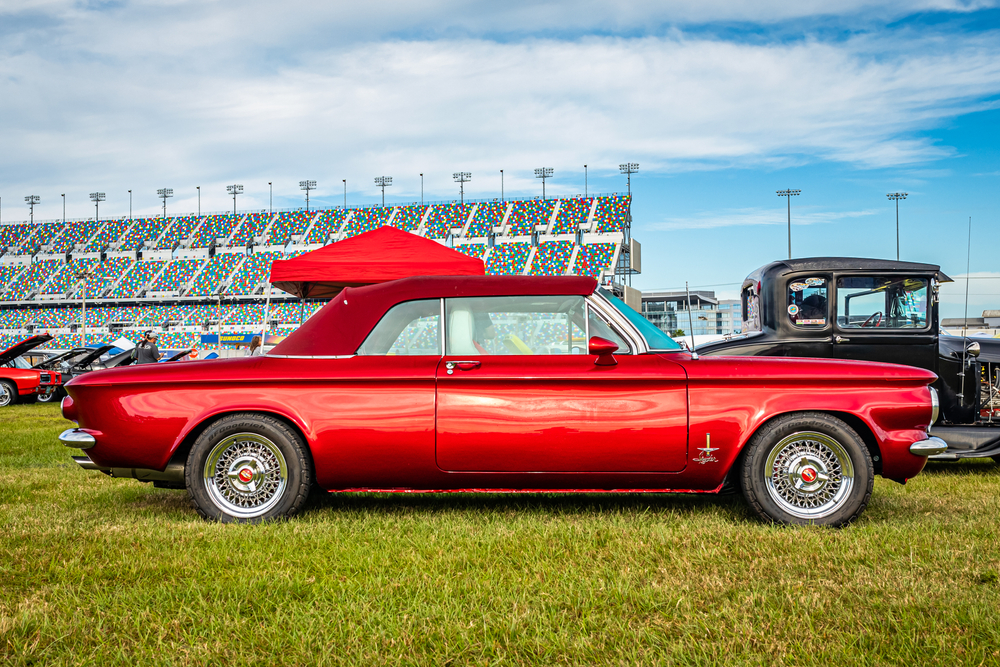
Back in the 1960s, Chevrolet Corvair had the slick exterior stylings of the next classic American automobile—except for its tendency for its passengers to ask, “What’s that smell?”. Don’t worry, it’s just toxic engine fumes.
Holding your breath inside the cabin wasn’t the only drawback of the Corvair; its rear-mounted engine caused weight disproportions, making handling in early models unpredictable. The final nail in Corvair’s coffin was being the poster child of everything wrong with the US auto industry in Ralph Nader’s book Unsafe at Any Speed. Chevy discontinued the Corvair in 1969 (but you can still buy one).
Ford Pinto (1971-1978)
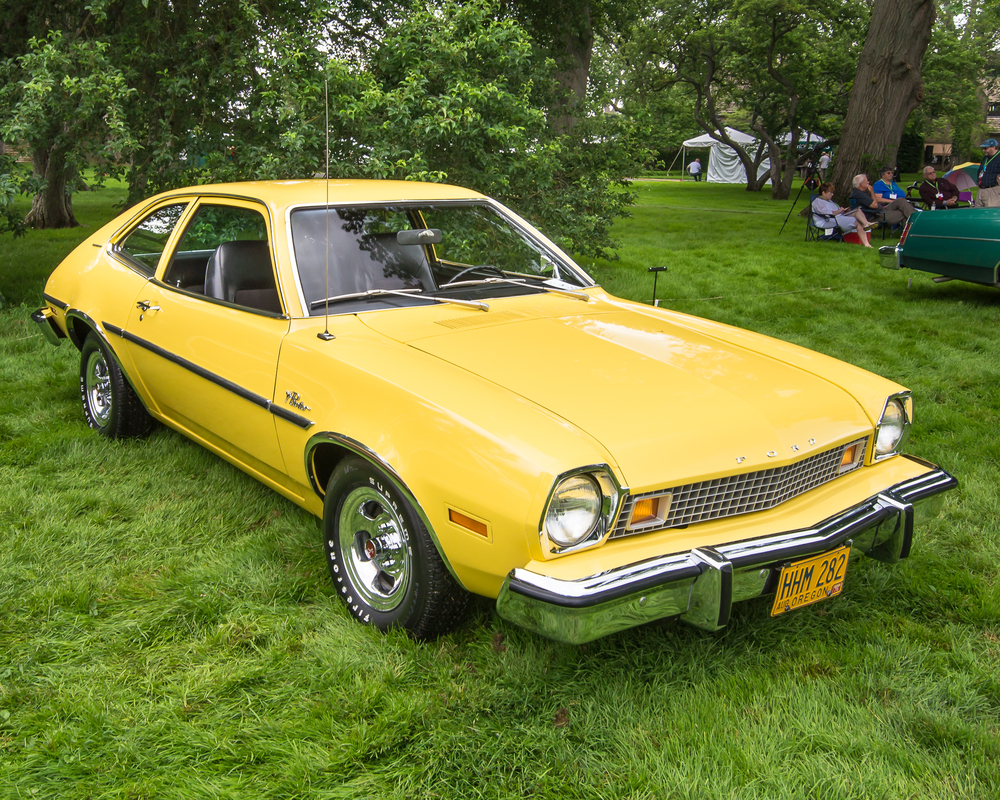
Ford was long known for their range of affordable vehicles with enviable gas mileage. To sustain this reputation, they developed the 70s-era Pinto.
The Pinto seemed practical, but it was hiding a dirty secret. The far back placement of the fuel tank meant that even the slightest amount of pressure on the flimsy bumper was enough for the Pinto to burst into flames—or even explode. Its fiery temperament was no laughing matter. 27 lives were lost due to Ford Pino combustions, but some say the unofficial number may be much higher.
Ferrari 458 Italia (2010-2015)
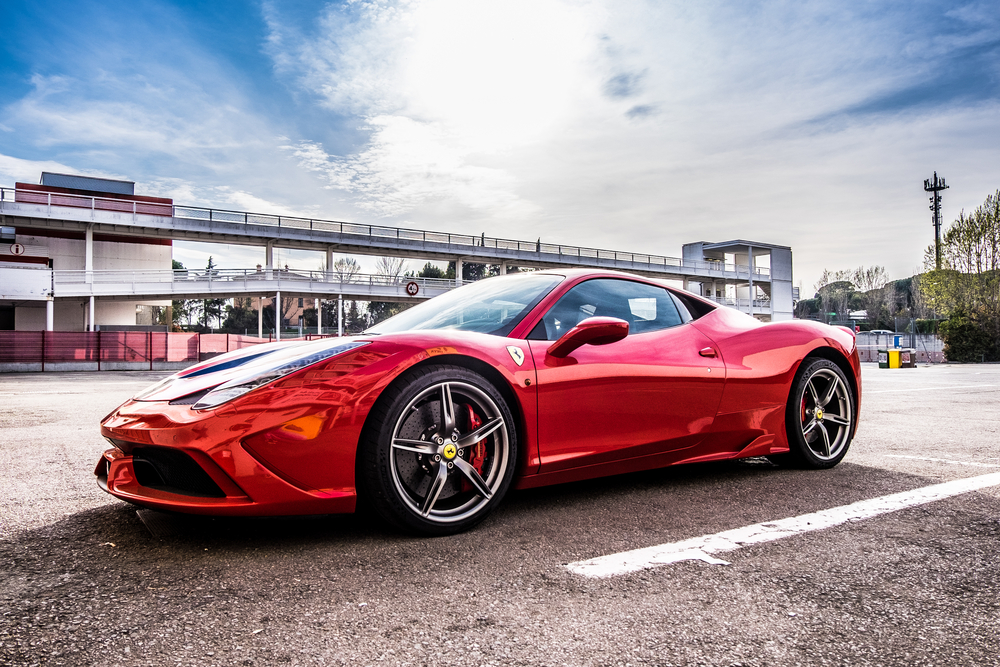
Like an evil queen, the Ferrari 458 Italia was beautiful on the outside but destructive within. Ferraris practically begs to be driven at high speed—the only problem is, speeding in the 2010 model of the 458 Italia caused a literal explosion.
The adhesive applied to the rear wheel arches was highly flammable. Once the flames reached the exhaust manifold, a fireball consumed the entire car, resulting in an instant recall. All 1,248 owners across the globe were alerted to return their $225,325 vehicles so Ferrari could amend this terrifying problem, but it still only lasted five model years.
Yugo GV (1975-1989)
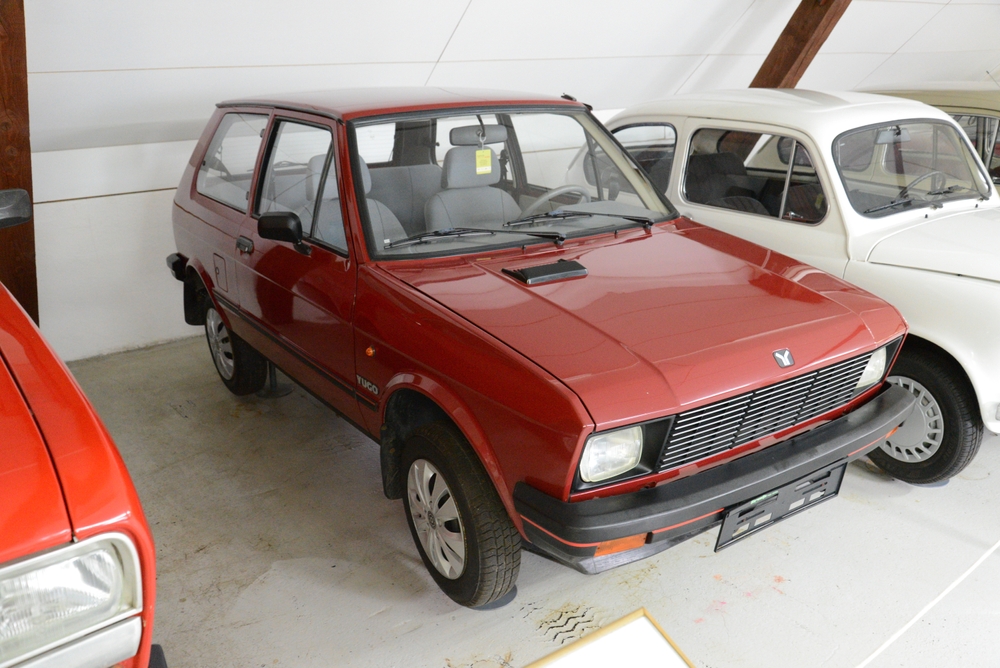
The GV in Yugo’s moniker stood for good value, but it might as well have meant a graveyard voyage. Yugo was a product of—you guessed it—the former Yugoslavia, and come 1986, this boxy little hatchback was cleared to leave the Soviet Bloc and arrive stateside.
GV was unapologetically cheap—prices started at $3,990, which would be about $10,000 today. Structural materials were flimsy, often falling off at will. Still, the worst part was that the force of a frontal crash sent the engine barreling into the cabin and practically into the laps of front-seat passengers. Yugo America went bankrupt by the onset of the 1990s, but seeing as we live in apocalyptic times, it’s only mildly surprising that the GV has garnered a cult following.
Brutus

Perhaps the most brashly dangerous car is Brutus Experimentalfahrzeug—that means experimental vehicle in German, but he’s Brutus for short. After World War I, many aircraft engines were lying around, and since the Treaty of Versailles banned Germans from using them, BMW got creative.
For kicks, BMW fit a 47.0-liter engine onto a 1908 American-LaFrance wooden-rimmed chassis to see what would happen. The result? A Victorian body whose 12-cylinder engine rumbled its way to infamy. Brutus is a beloved Frankesteinian track racer that reaches a top speed of over 125 mph and averages 0.18 miles per gallon.
Pontiac Fiero (1984-1988)
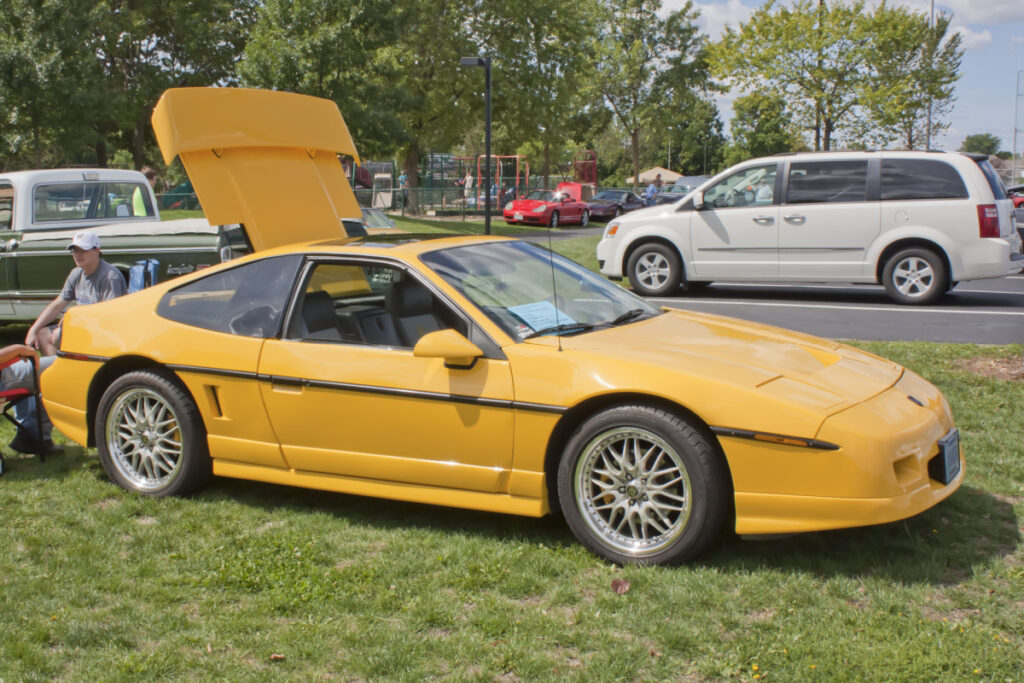
Early models of the Fiero had issues with engine fires, largely due to a design flaw that caused engine oil to leak onto the hot exhaust components. By 1987, the number of 1984 models catching fire had risen to 20 per month.
Although the Fiero was produced for several years, Pontiac engineers knew the car’s problems before it hit the market. According to an urgent internal memo dated October 6, 1983, two Fieros had suddenly caught fire during test drives. Despite the dangerous defects of early models, the Fiero has amassed a cult following.
Hudson Hornet (1951-1957)
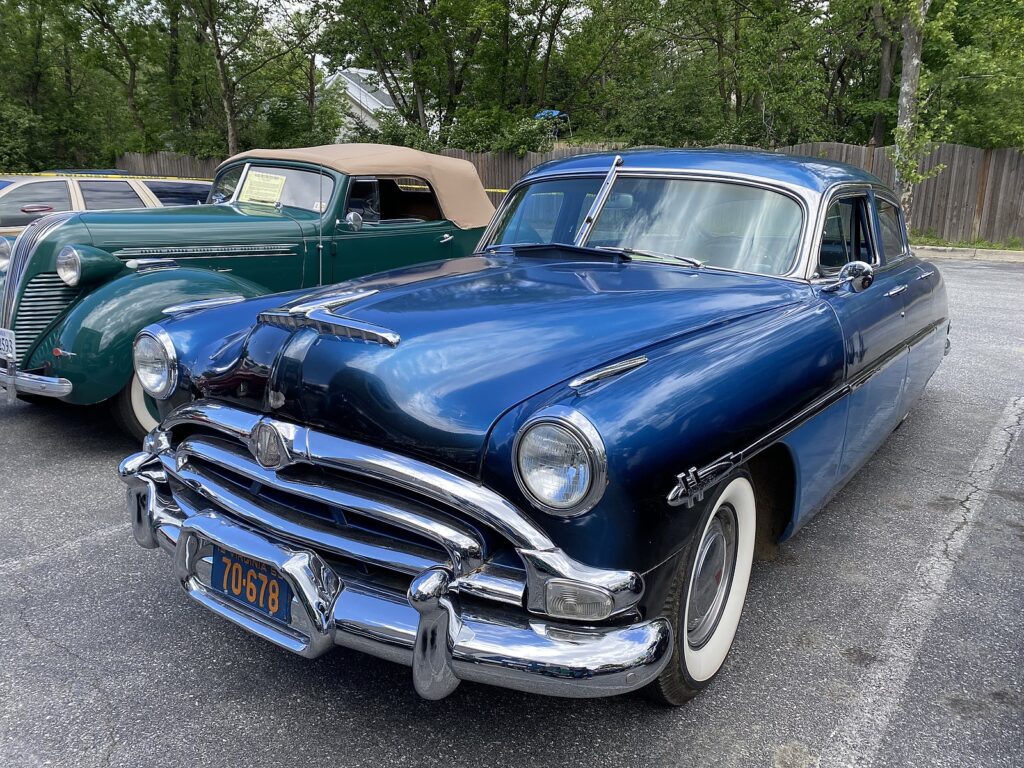
The Hudson Hornet roared onto the scene in the 1950s, boasting a powerful engine and sleek design. It was a favorite among NASCAR drivers, dominating the tracks with its impressive performance. However, its reputation for speed also came with a downside. The Hornet’s handling could be unpredictable at high speeds, leading to accidents that earned it a place among the menacing cars of its time.
DeLorean DMC-12 (1981)
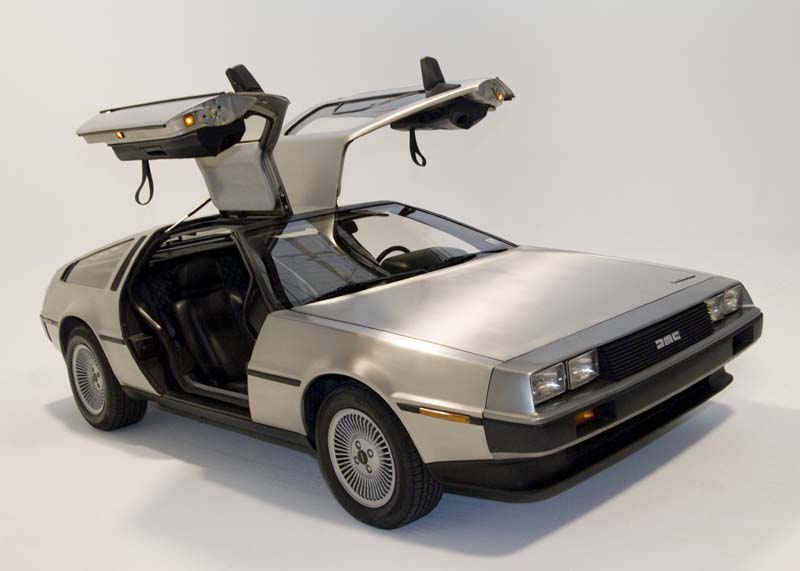
The DeLorean DMC-12, famously known as the time machine in the “Back to the Future” movies, had a short-lived production run but left a lasting impact on automotive history. With its stainless steel body and gull-wing doors, the DMC-12 captured the imagination of many enthusiasts. However, production issues, including quality control problems and underwhelming performance, tarnished its reputation, making it more of a collector’s item than a practical choice for drivers.
AMC Gremlin (1970-1978)

The AMC Gremlin, with its compact size and unconventional design, quickly gained notoriety upon its release in the 1970s. While it offered affordable transportation for many families, its quirky appearance and mechanical issues earned it a place on the list of menacing cars. Despite its shortcomings, the Gremlin remains a symbol of an era when automakers took risks with their designs, for better or for worse.
Chevrolet Vega (1970-1977)
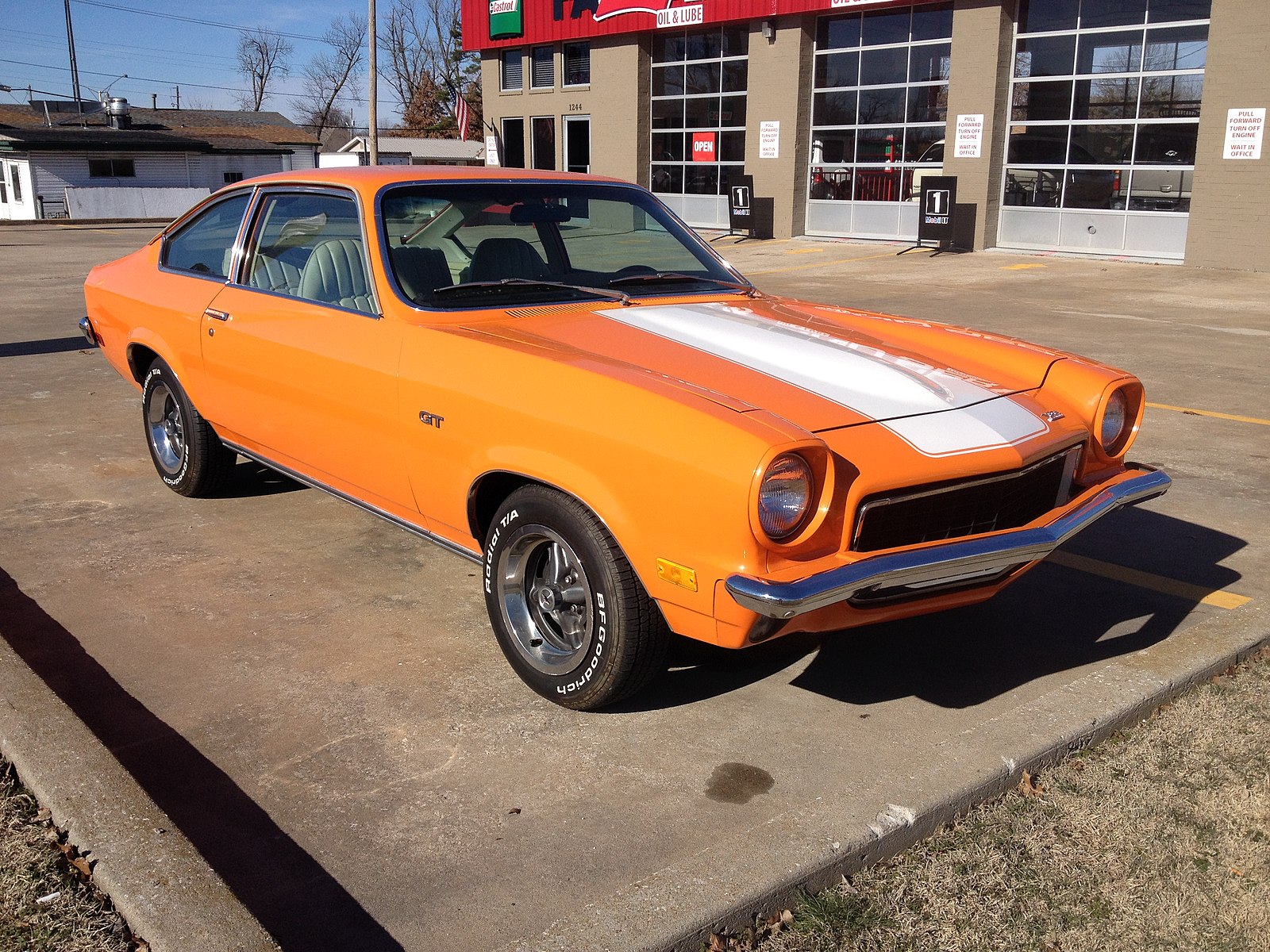
The Chevrolet Vega was intended to be a revolutionary compact car that would compete with imports from Japan and Europe. However, it fell short of expectations due to significant quality control problems, including engine failures and rust issues. The Vega’s reputation for unreliability and poor build quality made it one of the most disappointing cars of its time, overshadowing its initial promise.
AMC Pacer (1975-1980)
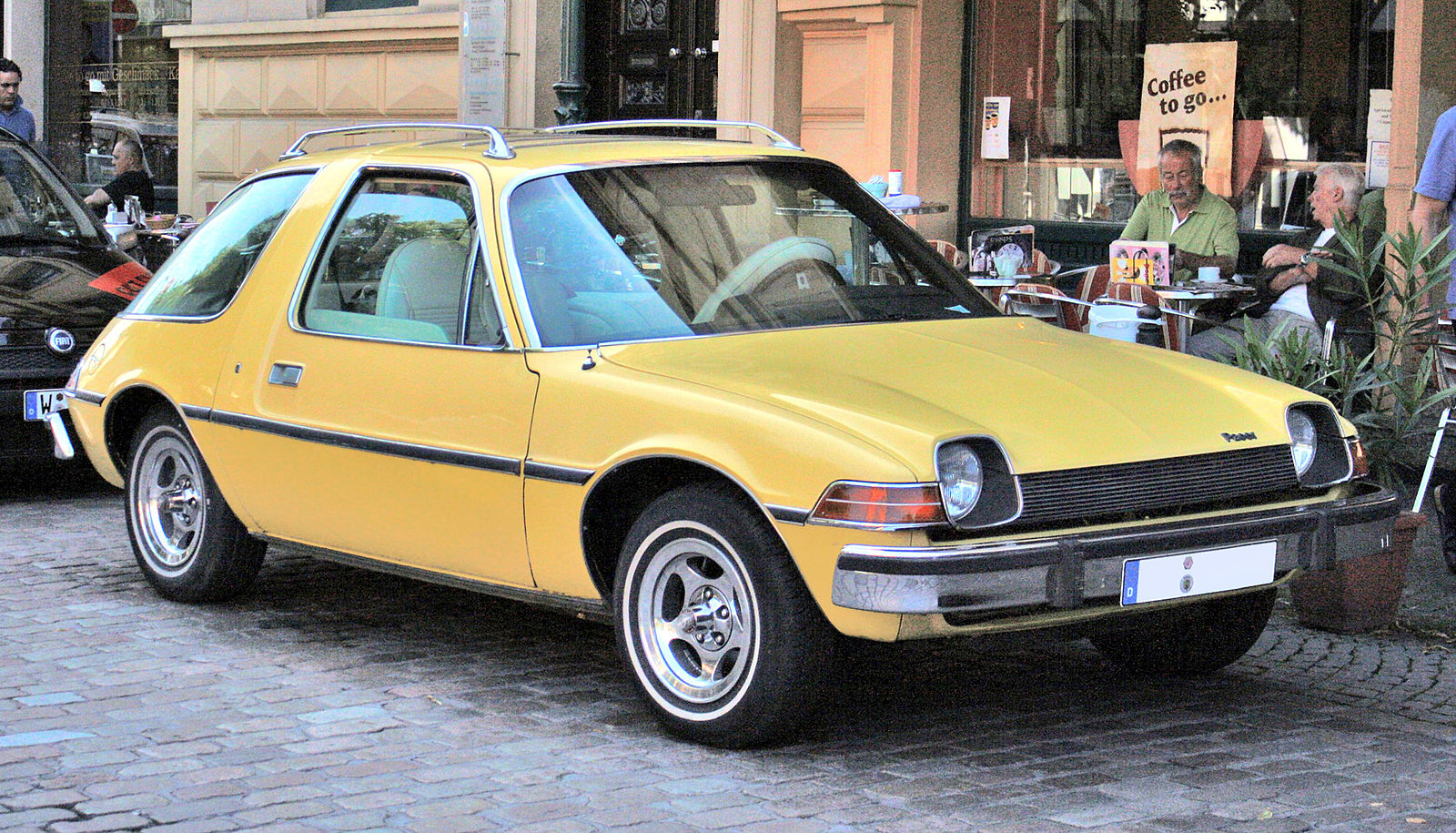
The AMC Pacer, with its distinctive bubble-like design and wide stance, was intended to be a futuristic and space-efficient vehicle. However, its unconventional appearance divided opinions, and its reliability issues further dampened its appeal. Despite its shortcomings, the Pacer has gained a cult following over the years, appreciated by some for its unique design and quirky charm.
Bricklin SV-1 (1974-1975)
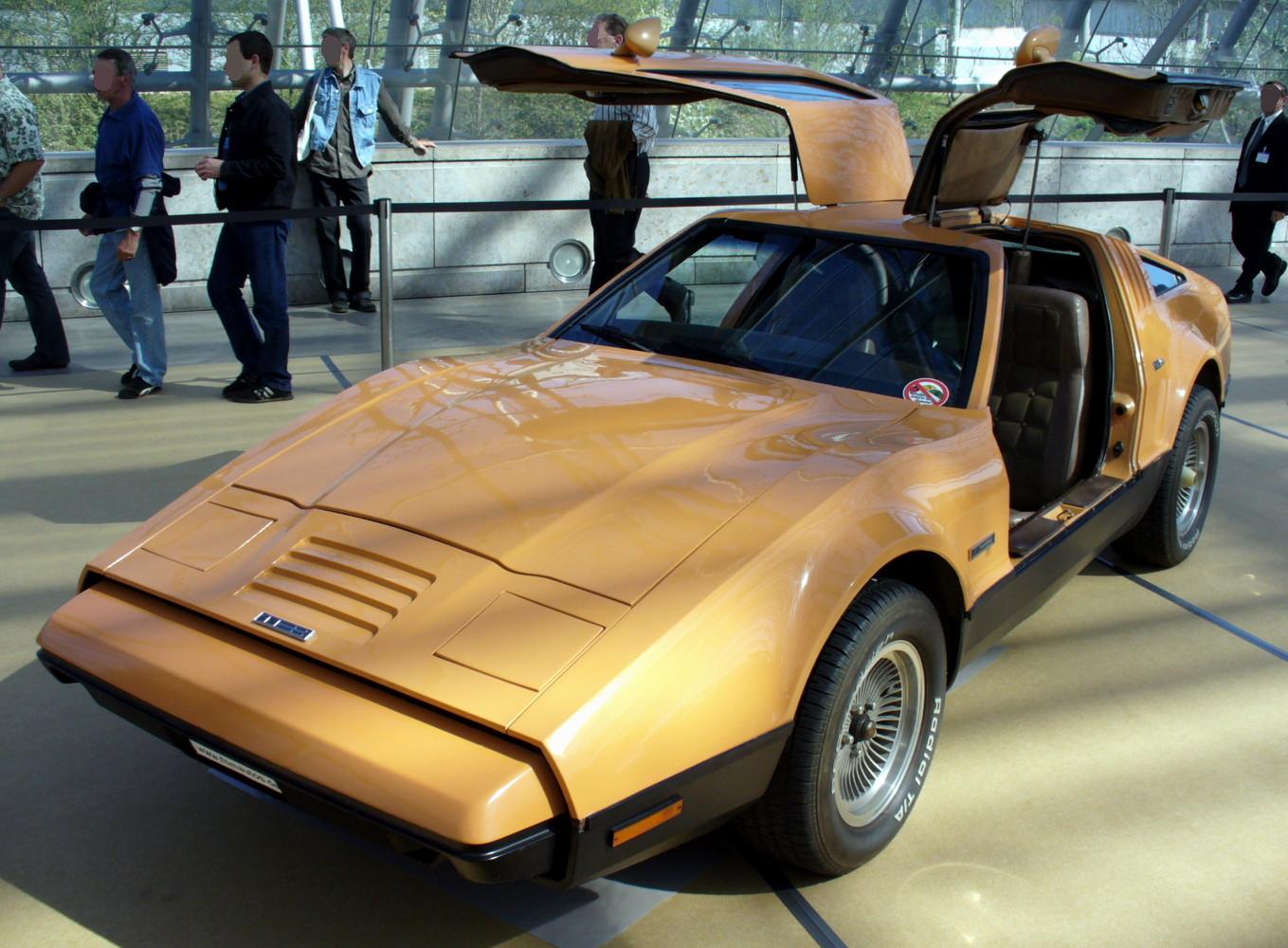
The Bricklin SV-1, short for Safety Vehicle One, was marketed as a safe and innovative sports car. However, production delays, cost overruns, and mechanical issues plagued its production. The gull-wing doors, intended to enhance the car’s futuristic appeal, became a symbol of its impracticality as they often malfunctioned. Despite its ambitious goals, the Bricklin SV-1 ultimately failed to live up to expectations, contributing to its status as a menacing car of the 1970s.
Tucker 48 (1948)
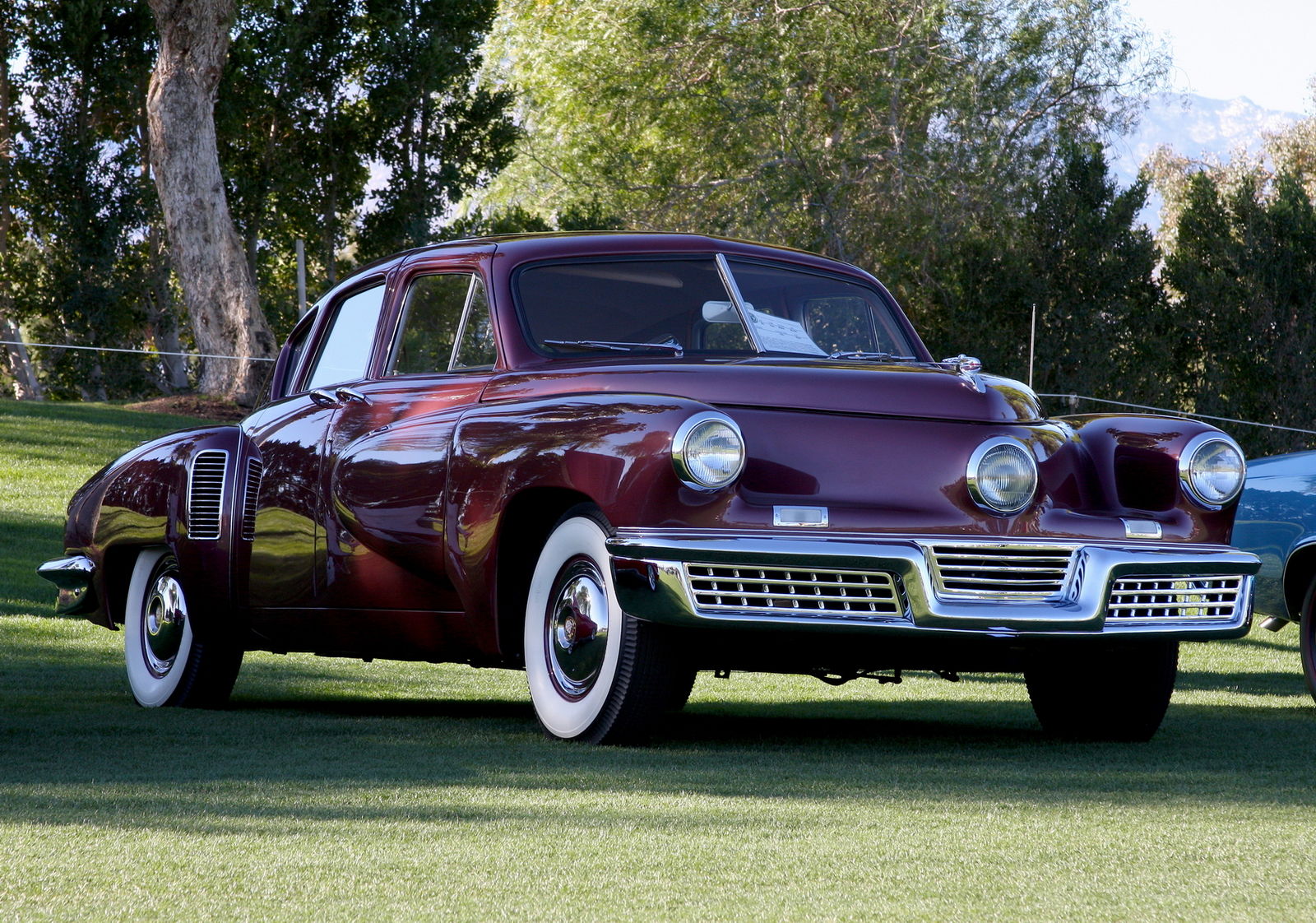
The Tucker 48, also known as the Tucker Torpedo, was a revolutionary automobile ahead of its time. With innovations such as a rear-mounted engine, safety features, and futuristic design, it promised to revolutionize the automotive industry. However, production challenges, including financial difficulties and legal battles, led to its demise after only 51 units were built. Despite its short-lived production run, the Tucker 48 left a lasting legacy as a symbol of innovation and ambition in the automotive world.
Chevrolet Corvair Greenbrier Sportswagon (1961-1965)
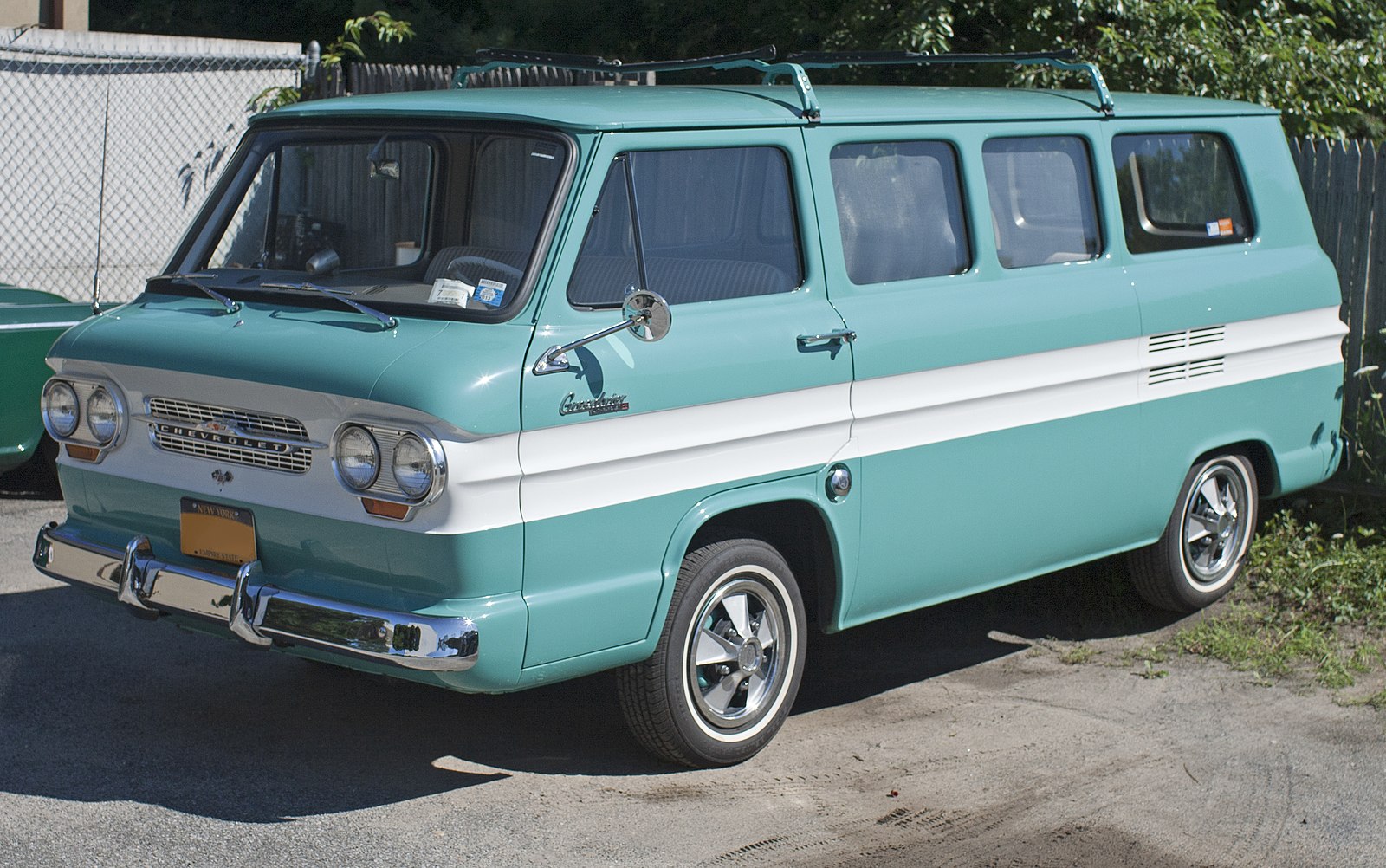
The Chevrolet Corvair Greenbrier Sportswagon was a unique offering in the market, blending the utility of a van with the styling of a station wagon. Despite its practicality, the Corvair Greenbrier faced criticism for its handling characteristics, particularly its tendency to oversteer in certain conditions. This led to safety concerns and contributed to its reputation as a menacing car of the 1960s.
Ford Edsel (1958)
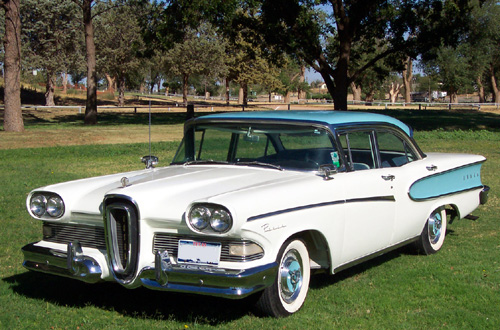
The Ford Edsel was intended to be a revolutionary addition to Ford’s lineup, positioned between the Ford and Mercury brands. However, its unconventional styling and marketing missteps led to poor sales and financial losses for Ford. The Edsel’s failure to resonate with consumers made it a symbol of corporate hubris and contributed to its reputation as one of the most notorious flops in automotive history.
Renault Le Car (1976-1983)
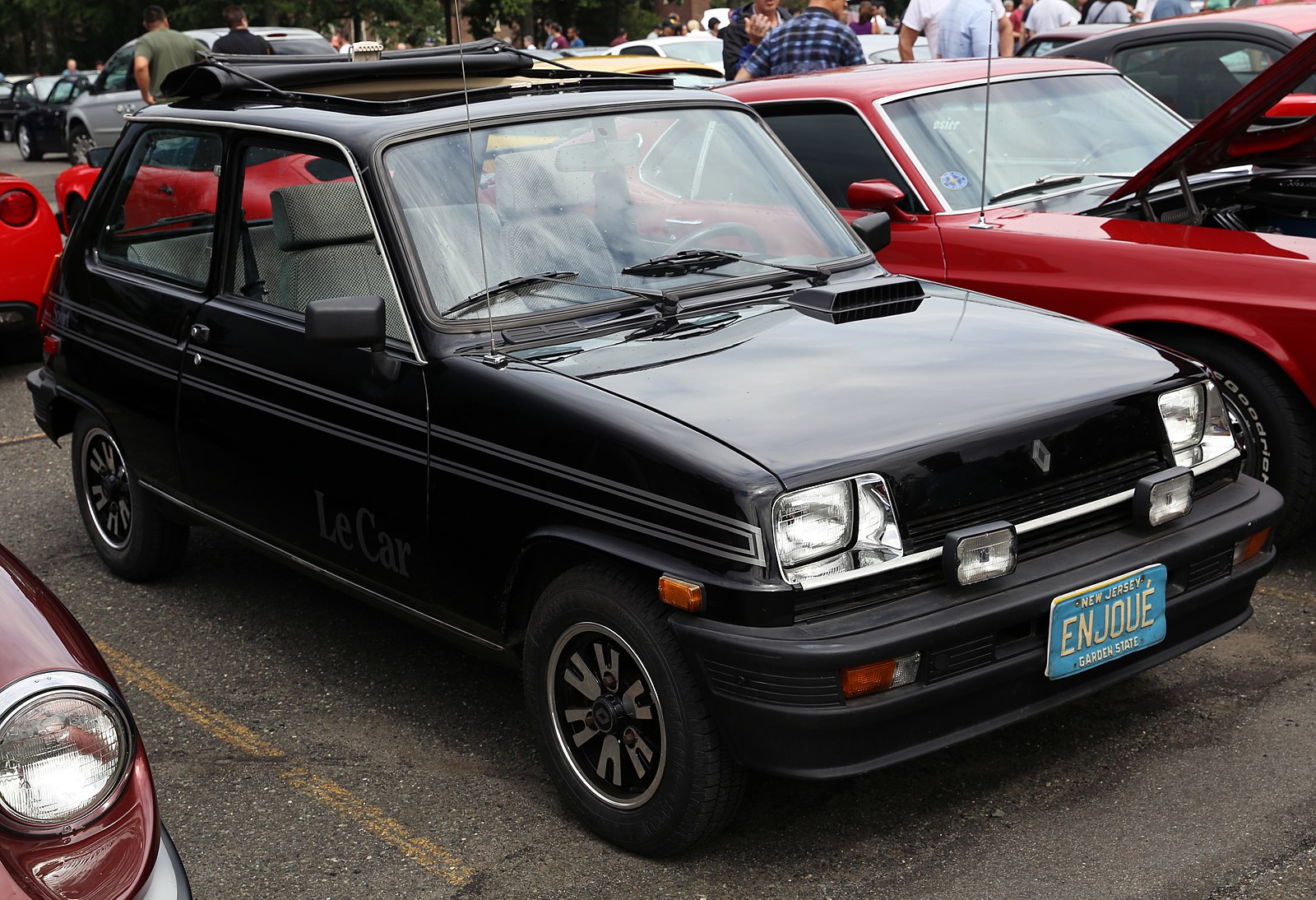
The Renault Le Car, known as the Renault 5 in Europe, was introduced to the American market during the height of the fuel crisis. While its compact size and fuel efficiency appealed to some consumers, its quirky design and lackluster performance failed to capture the imagination of American car buyers. Despite its shortcomings, the Renault Le Car developed a cult following over the years, appreciated by enthusiasts for its unique charm and distinctiveness.
Peel P50 (1962-1965)
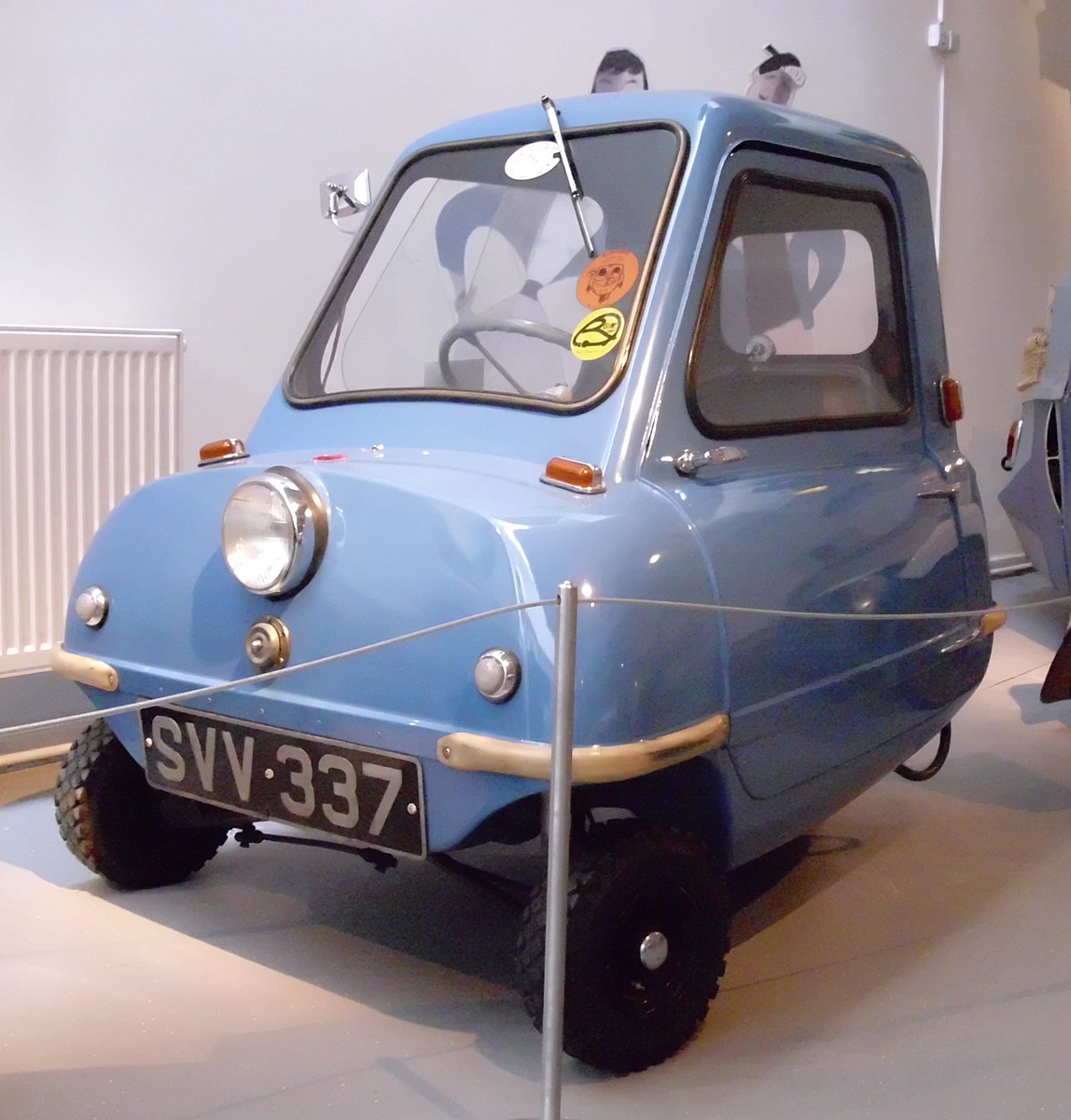
The Peel P50 holds the distinction of being the world’s smallest production car, with a minimalist design and diminutive dimensions. Despite its novelty and fuel efficiency, the P50’s impracticality limited its appeal to a niche market. Its small size made it vulnerable on the road, and its lack of conventional features further contributed to its reputation as a menacing car of its time.
Citroën 2CV (1948-1990)
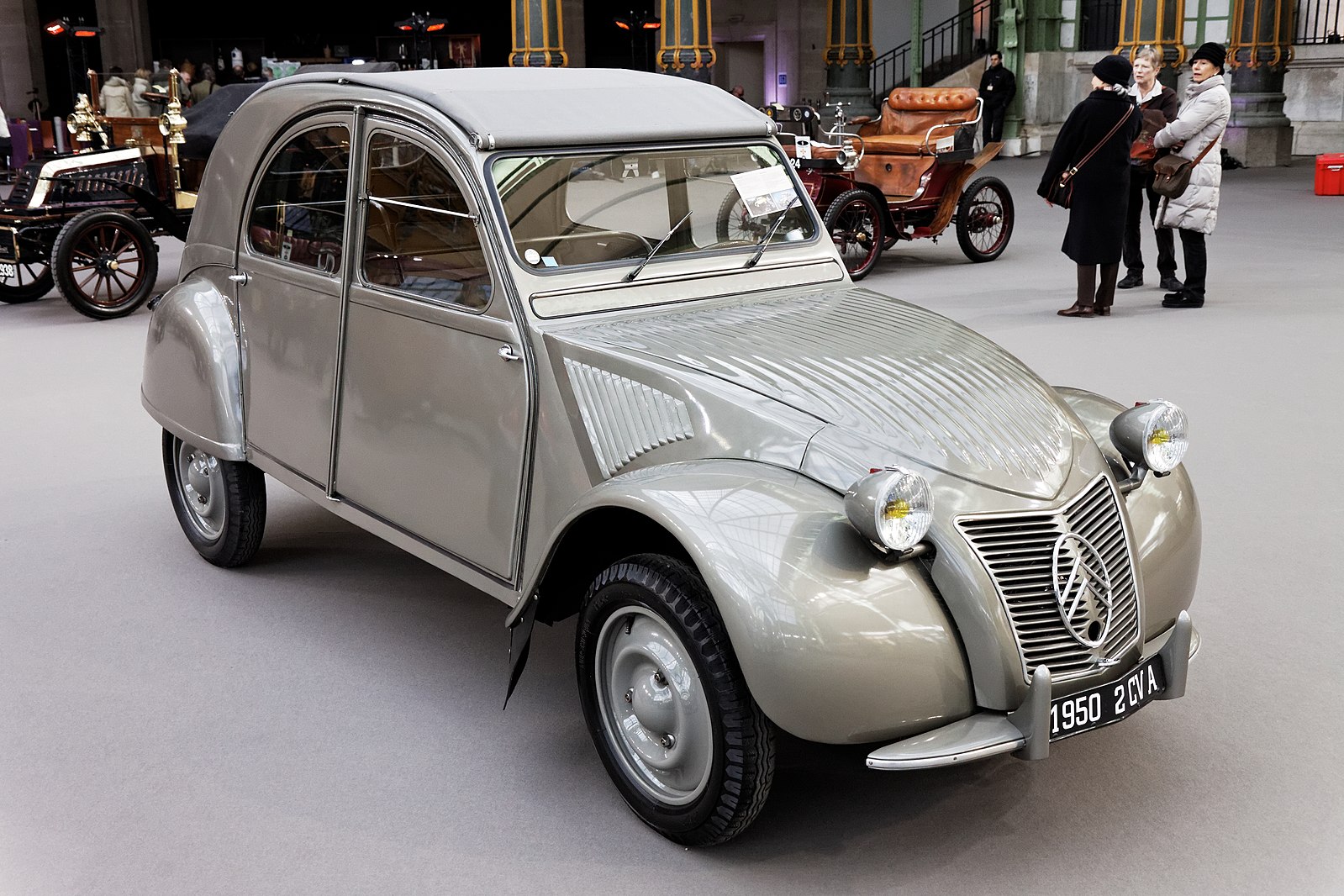
The Citroën 2CV, affectionately known as the “Deux Chevaux” or “two horses,” was designed to provide affordable transportation for the masses in post-war Europe. With its minimalist design and utilitarian features, the 2CV became an icon of French automotive culture. However, its modest performance and primitive technology earned it a reputation for being underpowered and unreliable, especially in comparison to modern cars.
Volkswagen Thing (1968-1983)
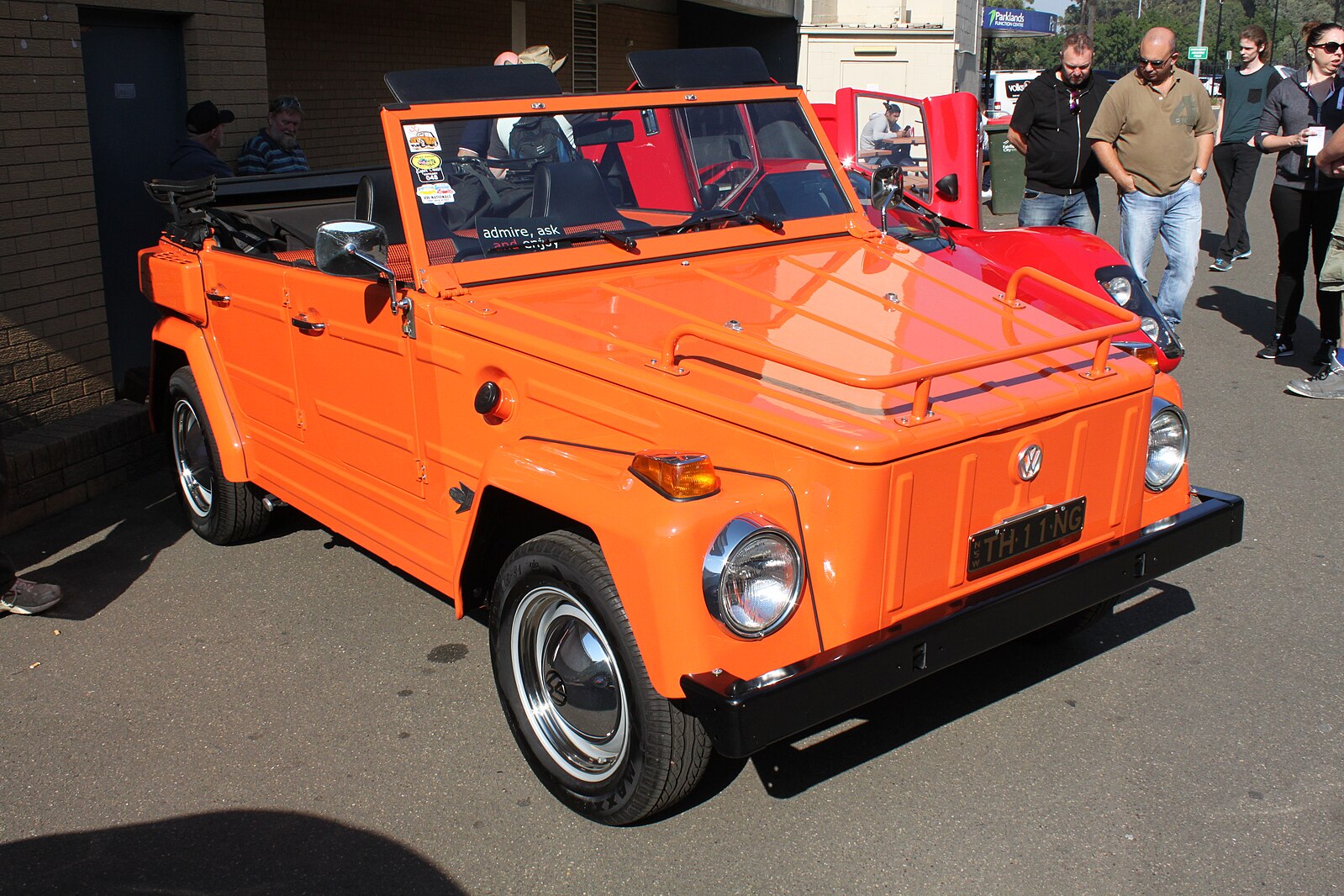
The Volkswagen Thing, also known as the Type 181 or Safari in some markets, was a versatile and rugged vehicle designed for military and civilian use. With its removable doors and convertible top, the Thing offered open-air driving experiences and off-road capabilities. However, its spartan interior and rudimentary design made it a polarizing choice for consumers, earning it a place among the most menacing cars of its time.
Reliant Robin (1973-1981)
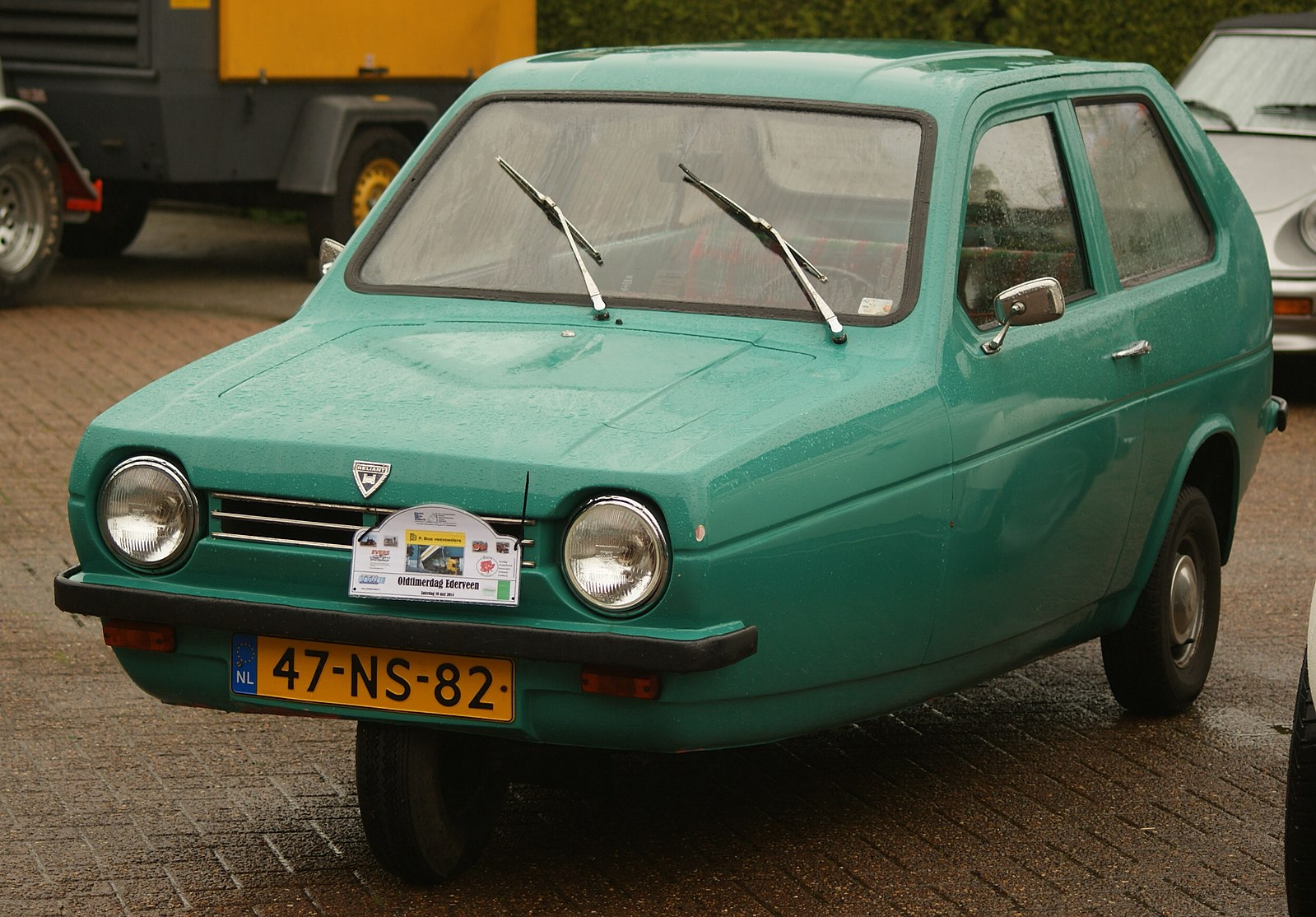
The Reliant Robin, with its three-wheel configuration and lightweight construction, was designed to provide affordable transportation in post-oil crisis Britain. However, its unconventional design and quirky handling characteristics made it a target for ridicule and criticism. Despite its shortcomings, the Reliant Robin developed a cult following over the years, appreciated by enthusiasts for its unique charm and eccentricity.
Dodge Omni (1978-1990)
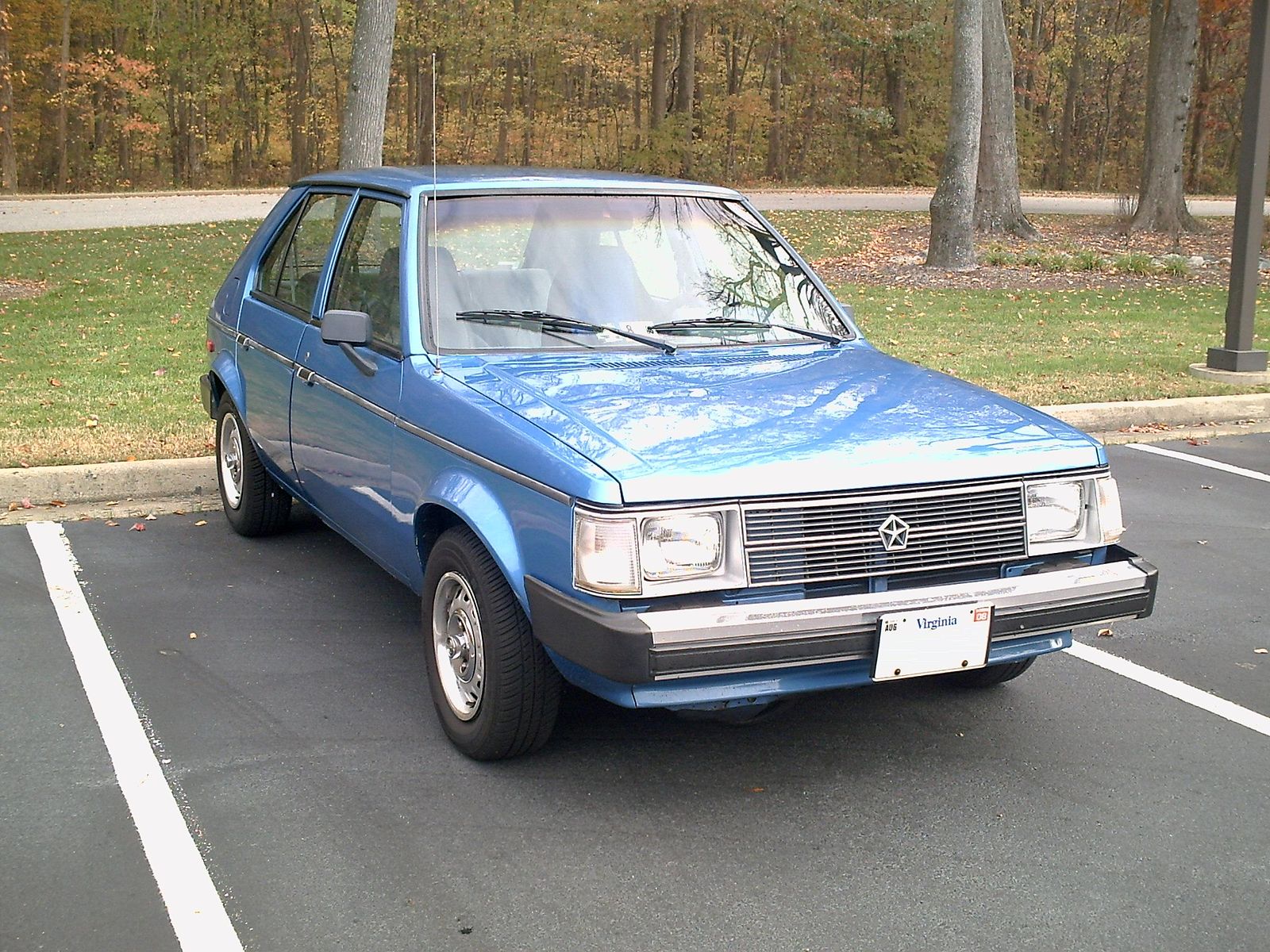
The Dodge Omni, a compact hatchback produced by Chrysler Corporation, was intended to compete with popular imports from Japan and Europe. With its practical design and fuel-efficient engines, the Omni offered affordable transportation for American consumers. However, its bland styling and lackluster performance failed to distinguish it in a competitive market, contributing to its reputation as a forgettable entry in automotive history.
This article originally appeared on MyCarMakesNoise.
More from MyCarMakesNoise
20 Timeless American Muscle Cars Holding Their Value

Muscle cars, with their powerful engines and iconic designs, represent a classic era of American automobiles. This article looks at these legendary cars that have increased in value over time, highlighting their appeal as both investments and cherished collectibles for enthusiasts and collectors. Read More.
The 13 Most Reliable Electric Cars According To Consumer Reports

In the ever-evolving world of electric vehicles (EVs), reliability remains a top priority for buyers. Consumer Reports has rigorously tested numerous models to identify the most dependable EVs on the market today. Read More.
The World`s 20 Longest Non-Stop Flights

In the world of commercial aviation, long-haul flights represent the pinnacle of endurance, engineering, and passenger service. These journeys, often spanning continents and oceans, connect distant cities across the globe, facilitating business, tourism, and cultural exchange. Read More.

